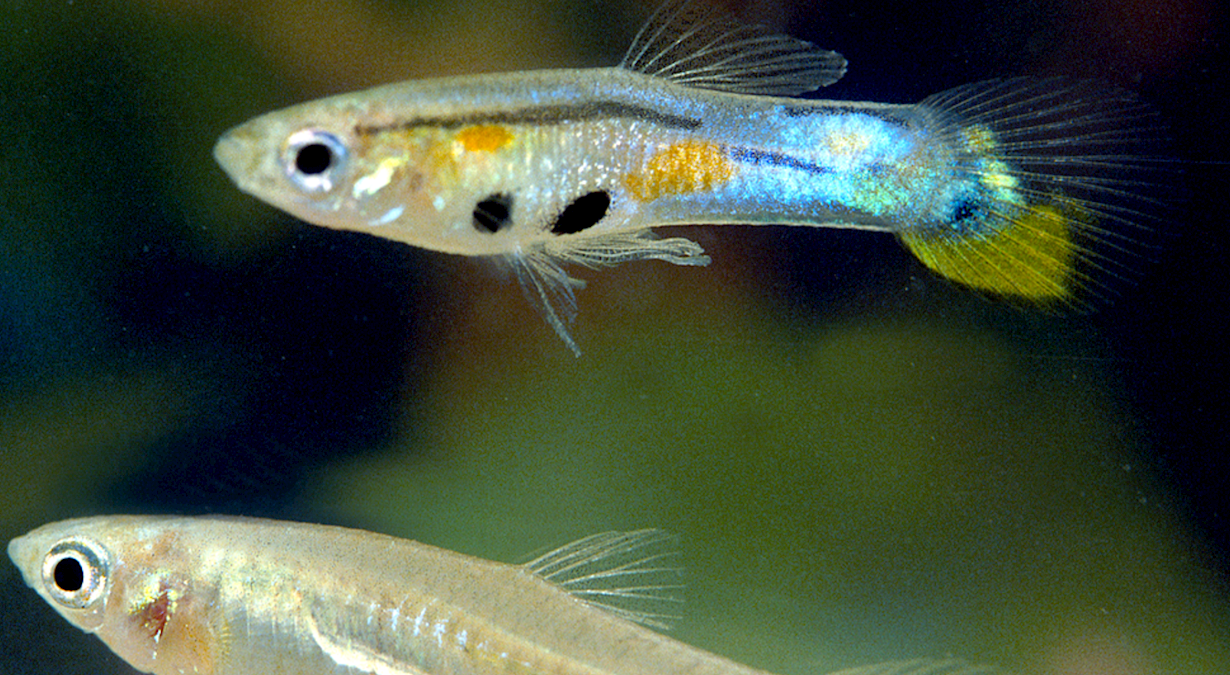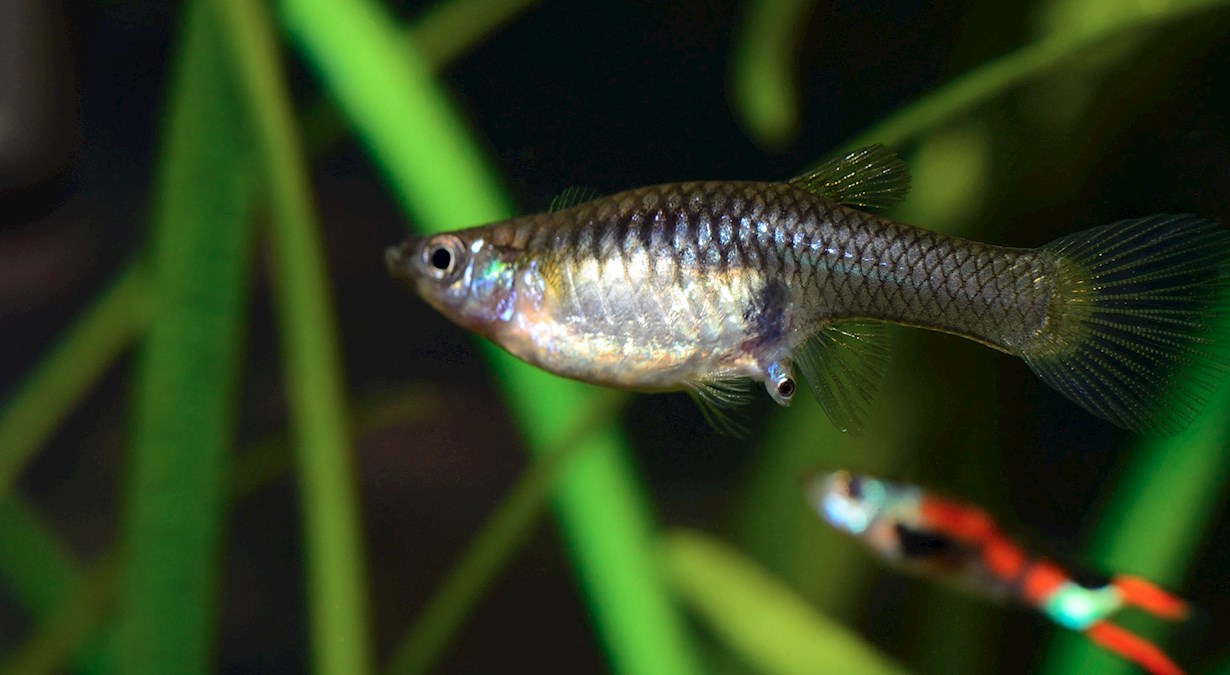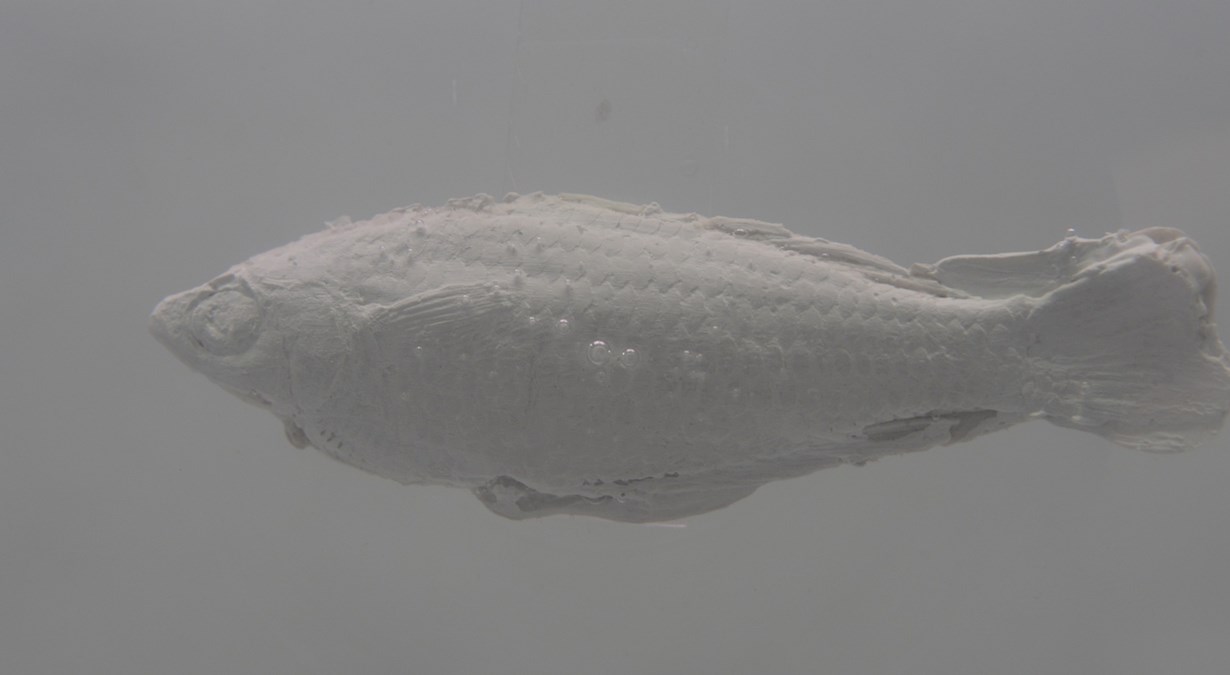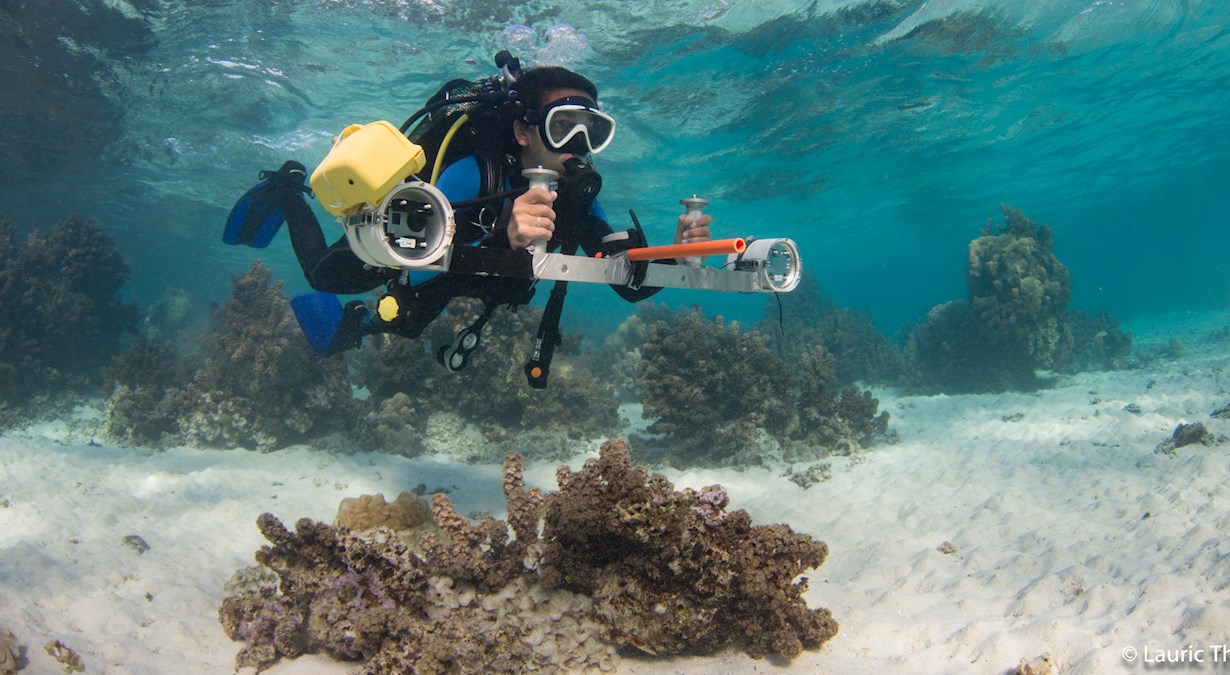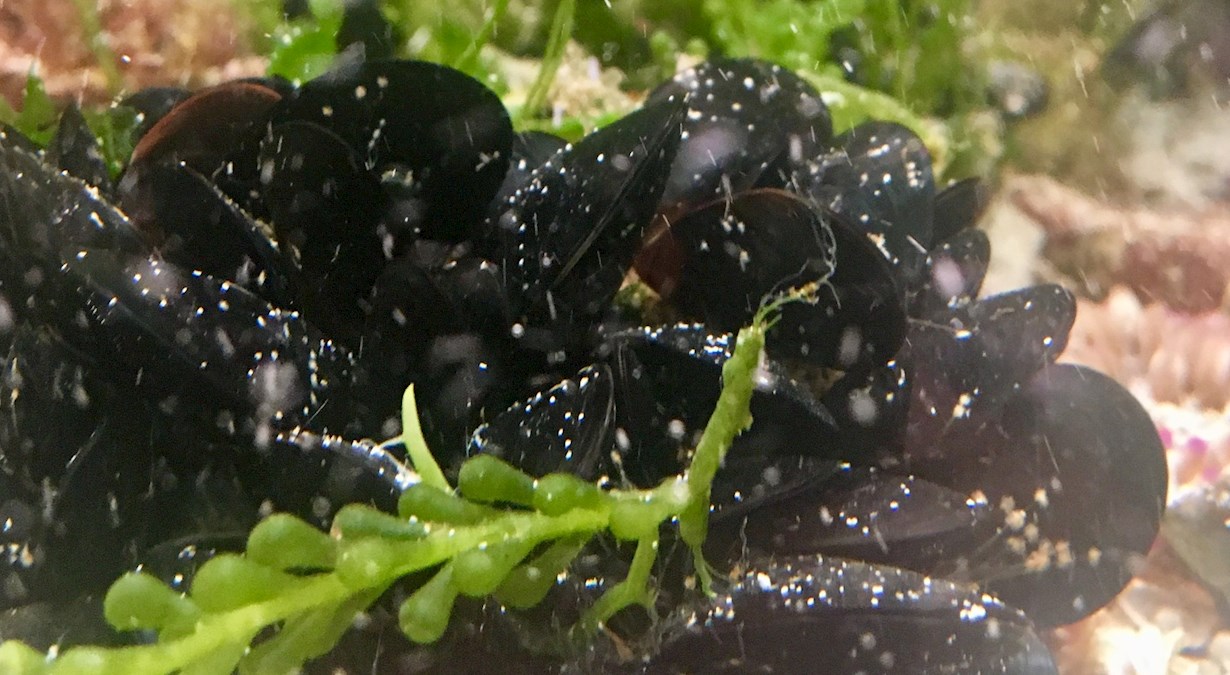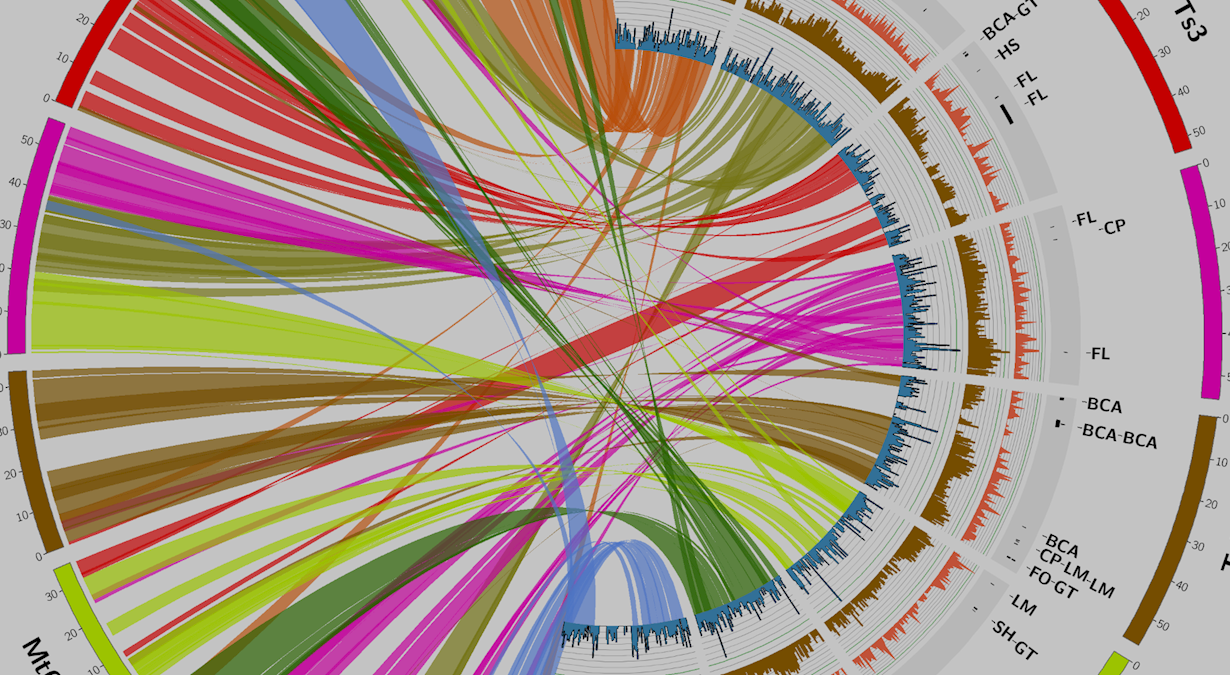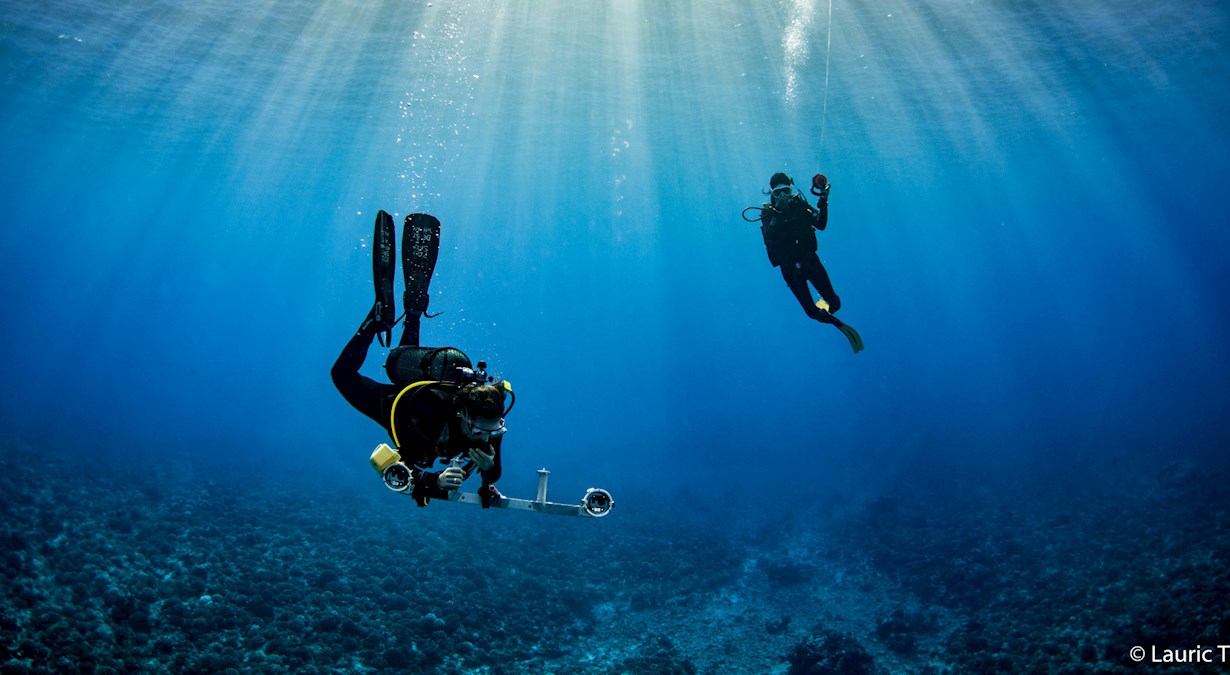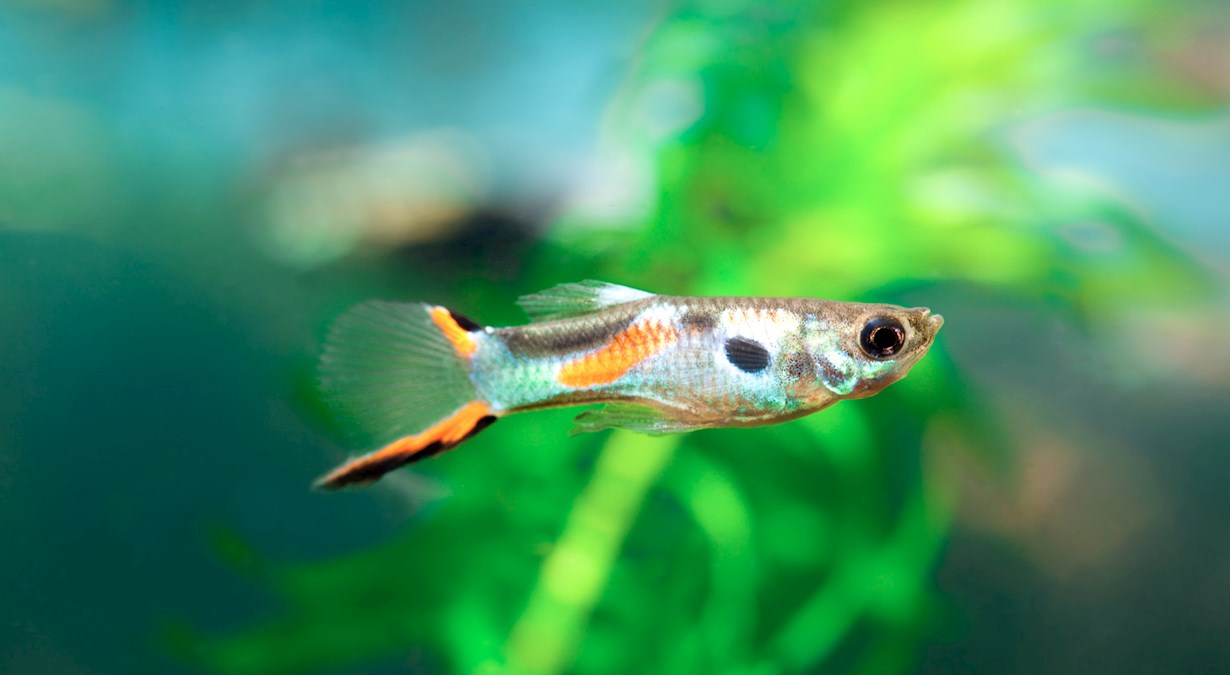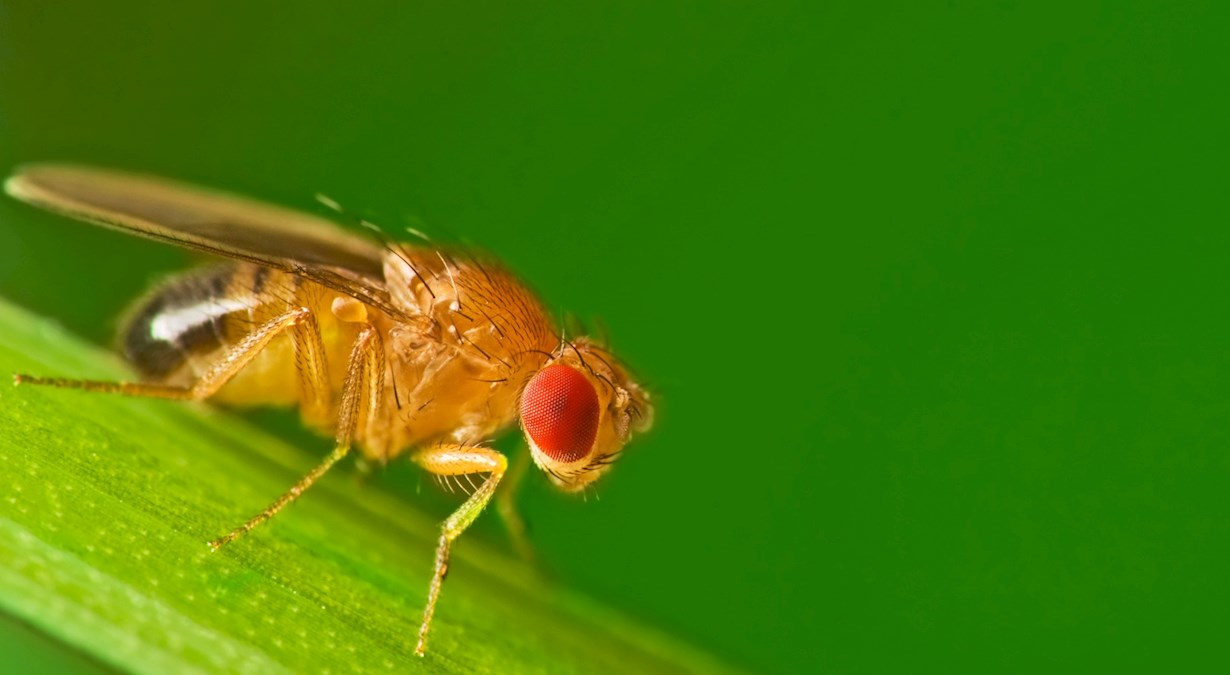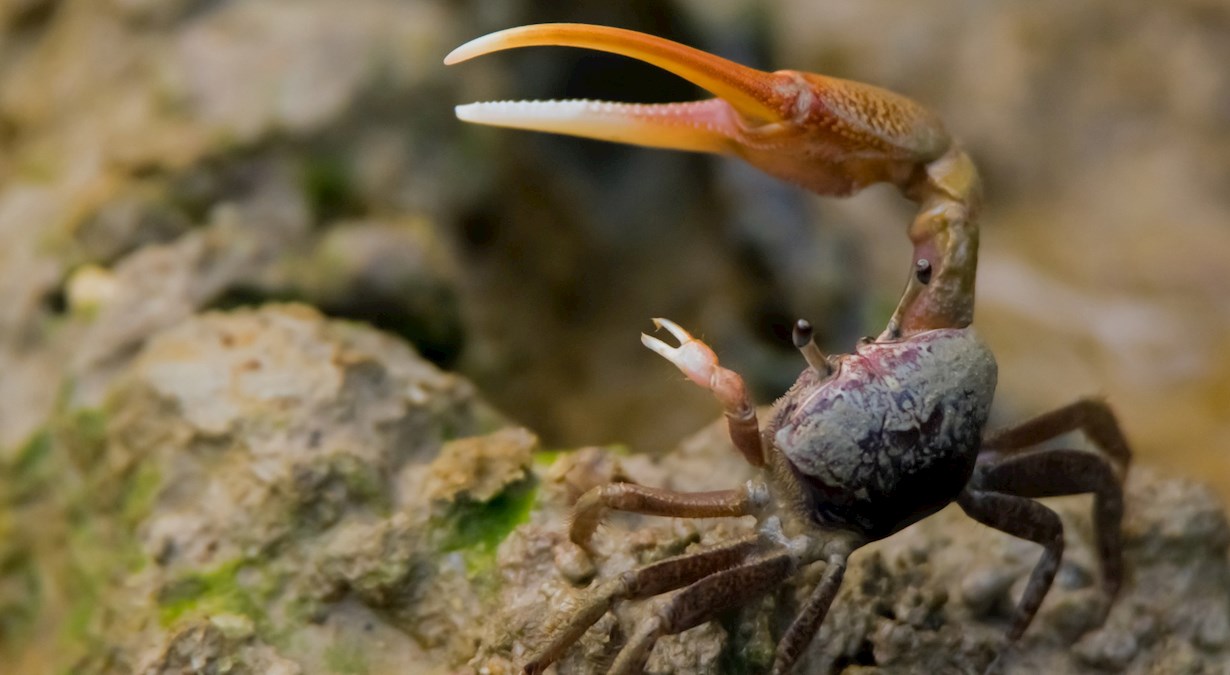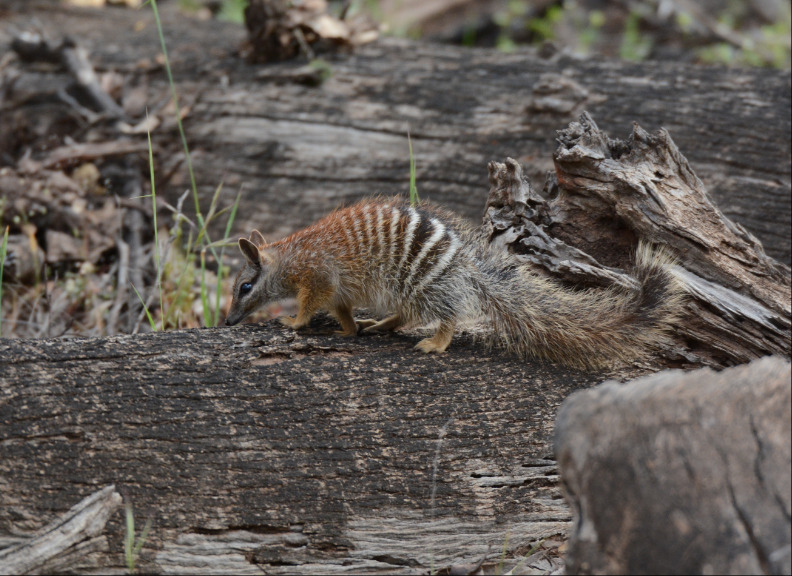
-
Highlights
-
Governance
-
Chancellor
-
Vice-Chancellor
-
Executive
-
History of the University
-
Schools
-
Campuses
-
Complaints
-
Official publications
-
Communications and marketing
-
Working at UWA
PROJECT
Escape responses in fiddler crabs
Exploring the ways animals use sensory information
Understanding the sensory information animals use when making such decisions will tell us how they measure risk and how they use visual information to organise their behaviour to avoid being eaten while still being able to feed and find mates.
Fiddler crabs are highly visual animals living under constant threat of predation from birds. Our field experiments have shown that the crabs’ eye limits their ability to measure a predator’s distance and their direction of movement – a problem they share with many other small animals.
To overcome this deficit, they stage their responses and learn to ignore certain objects. This project will bring fiddler crabs into the laboratory to test their escape decisions under controlled conditions.
The combination of behavioural with physiological measurements of visual abilities in the same animals, using Electroretinaogram (ERG) or intracellular electrophysiology, will provide an understanding of the mechanisms underlying visually guided behaviour in these animals.
The project will compare field experiments with laboratory experiments and animals will be tested in our artificial mudflat or on a custom made treadmill (How et al 2012) that allows us to record the movements of crabs in response to visual stimulation.
There are many possible variations of this project and you will be able to choose in which direction you want the project to evolve according to your interest and ability.
For more background information, see the suggested readings below.
- Suggested readings
-
For more background information, see the suggested readings below.
- Hemmi JM & Pfeil A (2010) A multi-stage anti-predator response increases information on predation risk. Journal of Experimental Biology, 213 1484–1489.
- Hemmi, JM, & Tomsic, D (2012). The neuroethology of escape in crabs: from sensory ecology to neurons and back. Current Opinion in Neurobiology, 22, 194–200.
- How et al. (2012) High e-vector acuity in the polarisation vision system of the fiddler crab. Journal of Experimental Biology 215, 2128-2134.
Research team leader: Associate Professor Jan Hemmi
I was born and brought up in Switzerland where I studied biology at the University of Zürich with a focus on Ethology (animal behaviour). At that time I was particularly interested in cognitive and social processes in primates and horses. In 1994 I came to Australia to do my PhD in the Developmental Neurobiology group at the ANU. My project explored the relationship between the structure and function of the tammar wallaby's visual system. The unusual photoreceptor topography I observed in these animals sparked my interest in visual ecology.
How to apply
Interested in becoming part of this project? Complete the following steps to submit your expression of interest:
Step 1 - Check criteria
General UWA PhD entrance requirements can be found on the Future Students website.
In addition applicants need to demonstrate adequate research by showing the following:
- A degree in biology with an interest in animal behaviour, neuroscience or physiology.
- For students with a strong interest in biology, but a degree in engineering or computer science, the project can be appropriately modified.
Step 2 - Submit enquiry to research team leader
Step 3 - Lodge application
After you have discussed your project with the research team leader, you should be in a position to proceed to the next step of the UWA application process: Lodge an application. Different application procedures apply to domestic and international students.
Scholarships
- Domestic students
-
All domestic students may apply for Research Training Program and University Postgraduate Awards (UPA) scholarships
- International students
-
A range of scholarships are available from international organisations and governments. The full list, organised by country, is available on the Future Students website.
In addition, all international students may apply for International Research Training Program scholarships.
- Indigenous students
- Indigenous students are encouraged to apply for Indigenous Postgraduate Research Supplementary Scholarships.
- Forrest Foundation scholarships
- All international and Australian students who wish to study towards the degree of Doctor of Philosophy (PhD) at The University of Western Australia may apply for Forrest Scholarships.




































